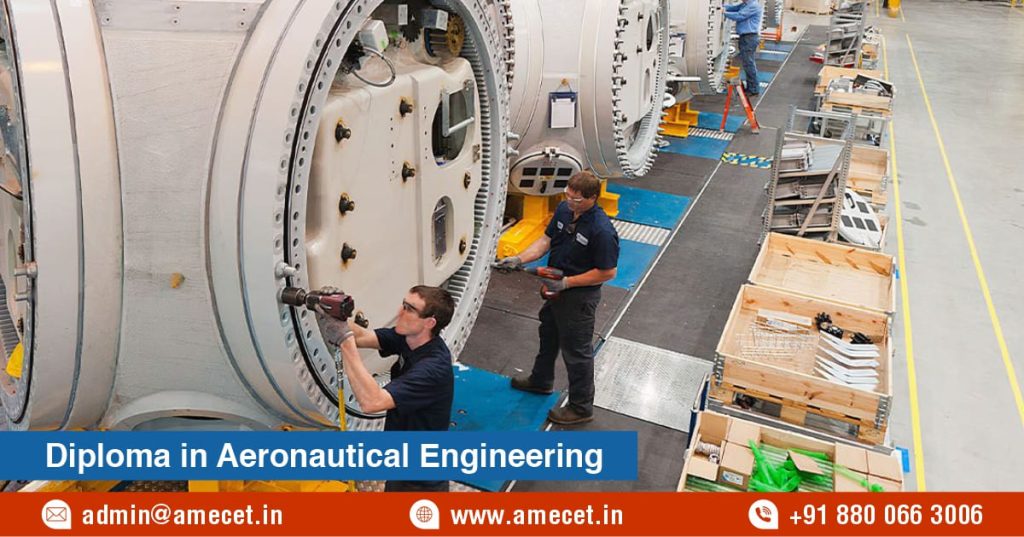What Is the Scope of a Diploma in Aeronautical Engineering?
Posted on : 27 August, 2024 5:28 pm
A Diploma in Aeronautical Engineering offers broad career prospects in the aviation and aerospace industries. Graduates can work in aircraft design, maintenance, and manufacturing, focusing on both civil and military aviation. The scope extends to roles in aerodynamics, avionics, and quality control, with opportunities in research and development as well. Additionally, diploma holders can explore careers in airlines, defense organizations, and government agencies. The growing demand for skilled aeronautical engineers ensures a promising future, with pathways to further education or specialization in advanced aeronautical technologies.
Career Opportunities in Aviation
A Diploma in Aeronautical Engineering opens diverse career opportunities within the aviation sector. Graduates can pursue roles in aircraft design, where they contribute to creating advanced flight systems. Maintenance positions involve ensuring aircraft reliability and safety through rigorous checks and repairs. Opportunities also exist in aerospace manufacturing, project management, and airline operations. This broad field offers dynamic and rewarding career paths for aspiring aeronautical engineers.
Career Opportunities in Aviation:
- Designing advanced aircraft systems and components.
- Maintaining and repairing aircraft for airlines and operators.
- Working in aerospace manufacturing and production.
- Managing aviation projects and operations.
- Developing innovative technologies for flight systems.
- Ensuring compliance with aviation safety regulations.
- Consulting for aircraft design and maintenance firms.
- Engaging in research for new aviation technologies.
Aerodynamics and Avionics
A Diploma in Aeronautical Engineering equips students with expertise in aerodynamics and avionics. Aerodynamics focuses on the principles of flight, optimizing aircraft performance and efficiency through the study of airflow and forces. Avionics involves the design and maintenance of electronic systems used in aircraft, such as navigation and communication systems. Mastery of both areas ensures graduates can tackle complex engineering challenges in modern aviation technology.
Aerodynamics and Avionics:
- Studying airflow and forces affecting aircraft performance.
- Optimizing aircraft designs for improved efficiency and stability.
- Designing and maintaining navigation and communication systems.
- Analyzing and enhancing flight control systems.
- Implementing avionics systems for safety and functionality.
- Using computational tools for aerodynamic simulations and analysis.
- Ensuring avionics systems meet industry standards and regulations.
- Integrating advanced avionics technologies into aircraft designs.
Research and Development
A Diploma in Aeronautical Engineering prepares students for roles in research and development (R&D) within aviation. R&D positions involve exploring new technologies, improving aircraft performance, and innovating aerospace materials. Graduates contribute to developing cutting-edge solutions, such as advanced propulsion systems and enhanced aerodynamics. This dynamic field offers opportunities to work on pioneering projects that shape the future of aviation and aerospace technologies.
Research and Development:
- Investigating new materials for improved aircraft performance and durability.
- Developing advanced propulsion systems and engines for efficiency.
- Enhancing aerodynamics through innovative design and testing.
- Conducting experiments to test new aerospace technologies and concepts.
- Collaborating with teams on cutting-edge aviation projects.
- Analyzing data to drive technological advancements in aircraft.
- Evaluating and implementing emerging technologies in aerospace.
- Contributing to future-oriented aerospace research and technological breakthroughs.

